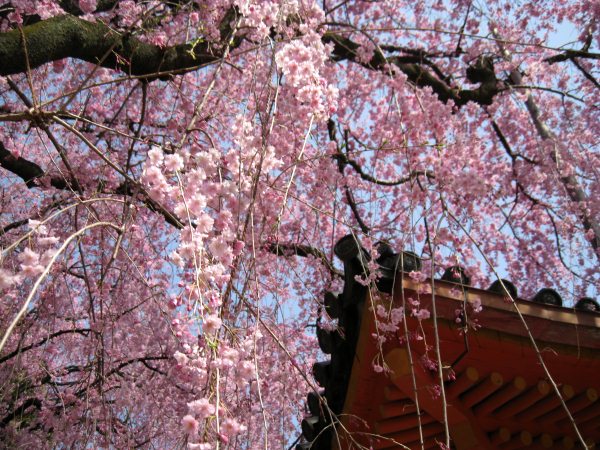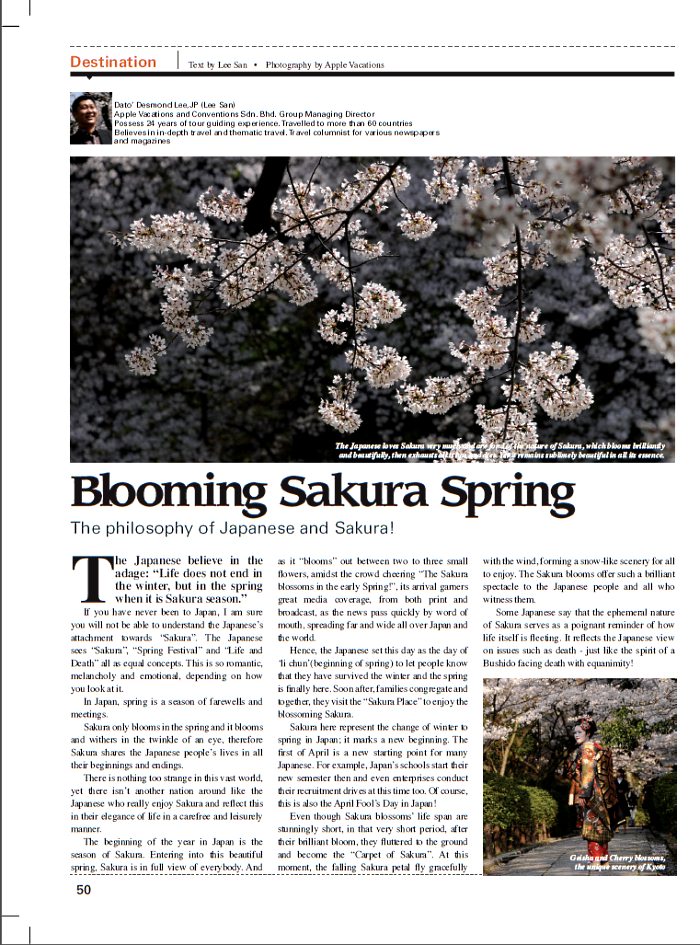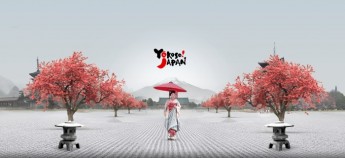The Japanese believe in the adage: “Life does not end in the winter, but in the spring when it is Sakura season.”
If you have never been to Japan, I am sure you will not be able to understand the Japanese’s attachment towards “Sakura”. The Japanese sees “Sakura”, “Spring Festival” and “Life and Death” all as equal concepts. This is so romantic, melancholy and emotional, depending on how you look at it.

The Japanese loves Sakura very much and are fond of the nature of Sakura, which blooms brilliantly and beautifully, then exhausts all it has and dies. Yet it remains sublimely beautiful in all its essence.
Blooming Sakura Spring
The philosophy of Japanese and Sakura!
The Japanese believe in the adage: “Life does not end in the winter, but in the spring when it is Sakura season.”
If you have never been to Japan, I am sure you will not be able to understand the Japanese’s attachment towards “Sakura”. The Japanese sees “Sakura”, “Spring Festival” and “Life and Death” all as equal concepts. This is so romantic, melancholy and emotional, depending on how you look at it.
In Japan, spring is a season of farewells and meetings.
Sakura only blooms in the spring and it blooms and withers in the twinkle of an eye, therefore Sakura shares the Japanese people’s lives in all their beginnings and endings.
There is nothing too strange in this vast world, yet there isn’t another nation around like the Japanese who really enjoy Sakura and reflect this in their elegance of life in a carefree and leisurely manner.

Geisha and Cherry blossoms, the unique scenery of Kyoto.
The beginning of the year in Japan is the season of Sakura. Entering into this beautiful spring, Sakura is in full view of everybody. And as it “blooms” out between two to three small flowers, amidst the crowd cheering “The Sakura blossoms in the early Spring!”, its arrival garners great media coverage, from both print and broadcast, as the news pass quickly by word of mouth, spreading far and wide all over Japan and the world.
Hence, the Japanese set this day as the day of ‘li chun’(beginning of spring) to let people know that they have survived the winter and the spring is finally here. Soon after, families congregate and together, they visit the “Sakura Place” to enjoy the blossoming Sakura.
Sakura here represent the change of winter to spring in Japan; it marks a new beginning. The first of April is a new starting point for many Japanese. For example, Japan’s schools start their new semester then and even enterprises conduct their recruitment drives at this time too. Of course, this is also the April Fool’s Day in Japan!
Even though Sakura blossoms’ life span are stunningly short, in that very short period, after their brilliant bloom, they fluttered to the ground and become the “Carpet of Sakura”. At this moment, the falling Sakura petal fly gracefully with the wind, forming a snow-like scenery for all to enjoy. The Sakura blooms offer such a brilliant spectacle to the Japanese people and all who witness them.
Some Japanese say that the ephemeral nature of Sakura serves as a poignant reminder of how life itself is fleeting. It reflects the Japanese view on issues such as death – just like the spirit of a Bushido facing death with equanimity!


Front Line Tracking on Sakura – “Hanami” (or flower-viewing party)
As early as a thousand years ago, the Sakura has always been a hit, even during the 9th century.
At that time, Mikado already held the ‘Hanami’ or “flower viewing party”. In came the era of General Yoshimitsu Ashikaga, who then invited his friends to join the party in Kyoto for the “Flower-feast” or “Japan Spring”.
So, to date, the business opportunities were obviously abound for Sakura blossom viewing from all over the world!
Japanese in Japan are crazy; they revere Sakura like the “The Finest of Gods”. They say the three process of a Sakura bloom is the “beginning, blossoming, and withering” is extremely ephemeral; as it is last for only about 10 days. If you miss the chance to catch a glimpse of them before spring, rain then sweeps their fragile petals off the ground. This also serves as a reminder to people that one should grasp or seize every opportunity they get in life.
To enjoy the Sakura, the Japanese would take a two-month holiday in February, according to the time of the Sakura blossoms. They would drive along lines of cherry blossoms to relish the pleasant sensation the Sakura emits. The journey will start from the south of Japan – Kyushu, Okinawa – all the way to the north. This is popularly known as the “Front Line Tracking on Sakura”. Moreover, the path of the cherry blooms moves in a speed of 20 to 30km per day, moving fast to the north.

Let’s go! Follow Lee San to the journey of Hanami.
The “Sakura Place” along the way will be a shelter of the “front line tracking” fans of theSakura. There are at least 280 types of Sakura, most “front line tracking” fans of Sakura may know all of these like the back of their hands.
The flower-viewing party – Hanami – is a spring tradition where Sakura fans enjoy by taking photos, singing, dancing, eating, joking around and in due course, make a wide range of friends!
Sakura is worth to speak of here, despite cherry blossom in so many countries, because only in Japan, you can truly experience, enjoy and appreciate the cherry blossom and its many customs and nuances!
Let’s go! Follow Lee San to the journey of Hanami – experience, enjoy, and savour the outstanding Sakura viewing journey, come Spring.
National Geographic Traveller Malaysia Edition 2011 January/February Issue

Page 50

Page 51
全球超过80000家酒店,Apple101助您轻松订房,出行无忧,绝对优惠价。入住期间付款,多数客房可免费取消!












